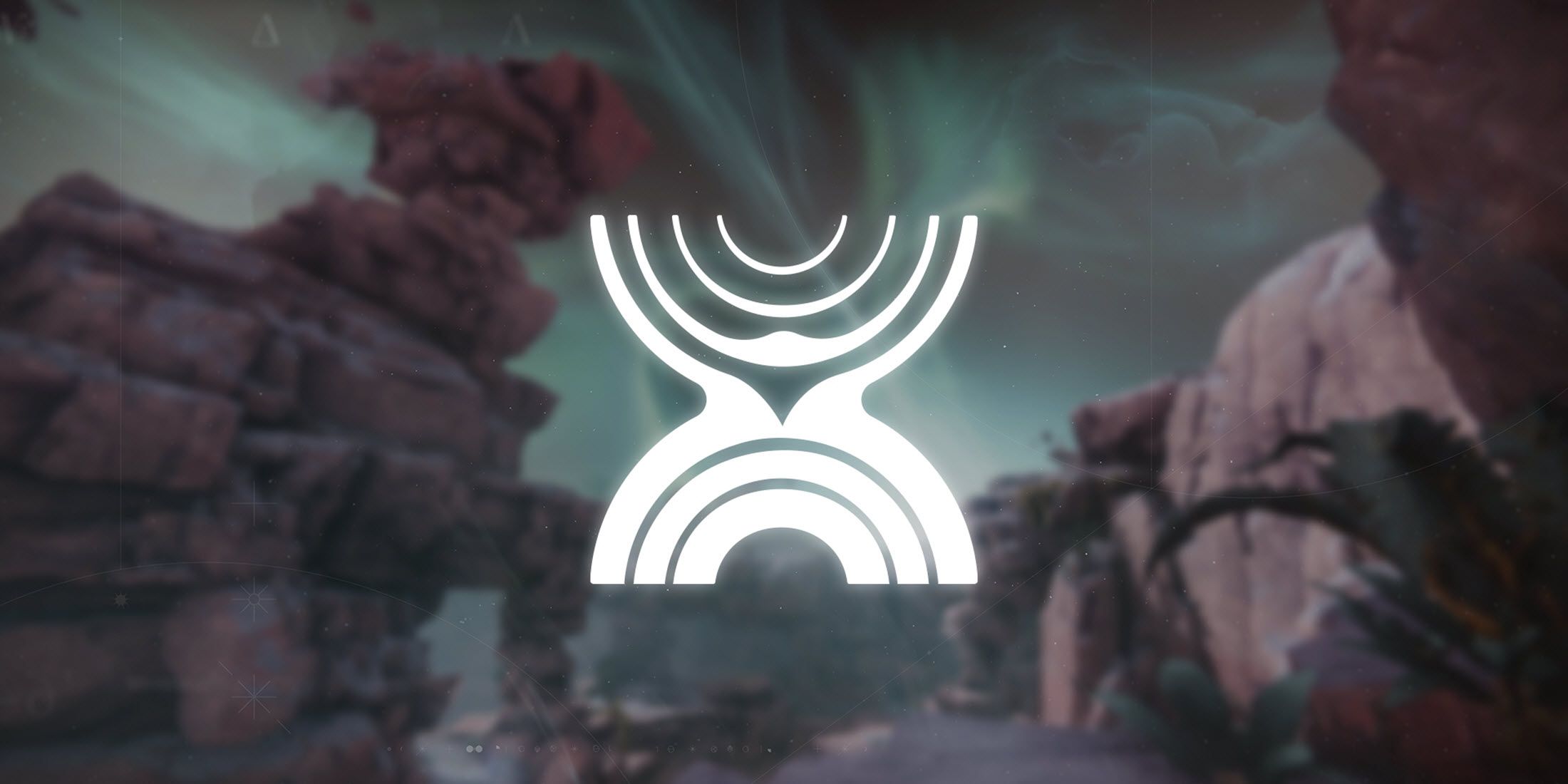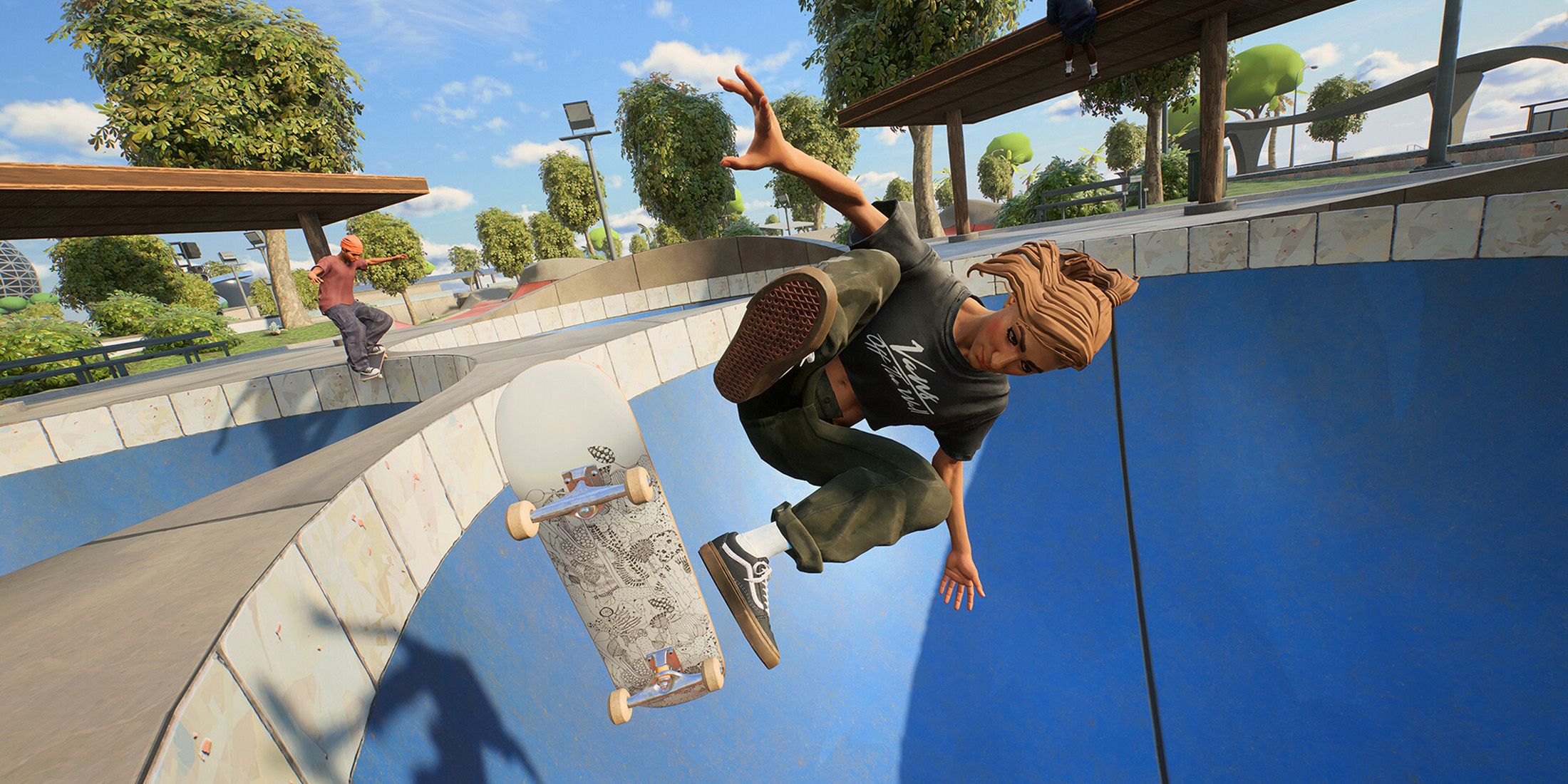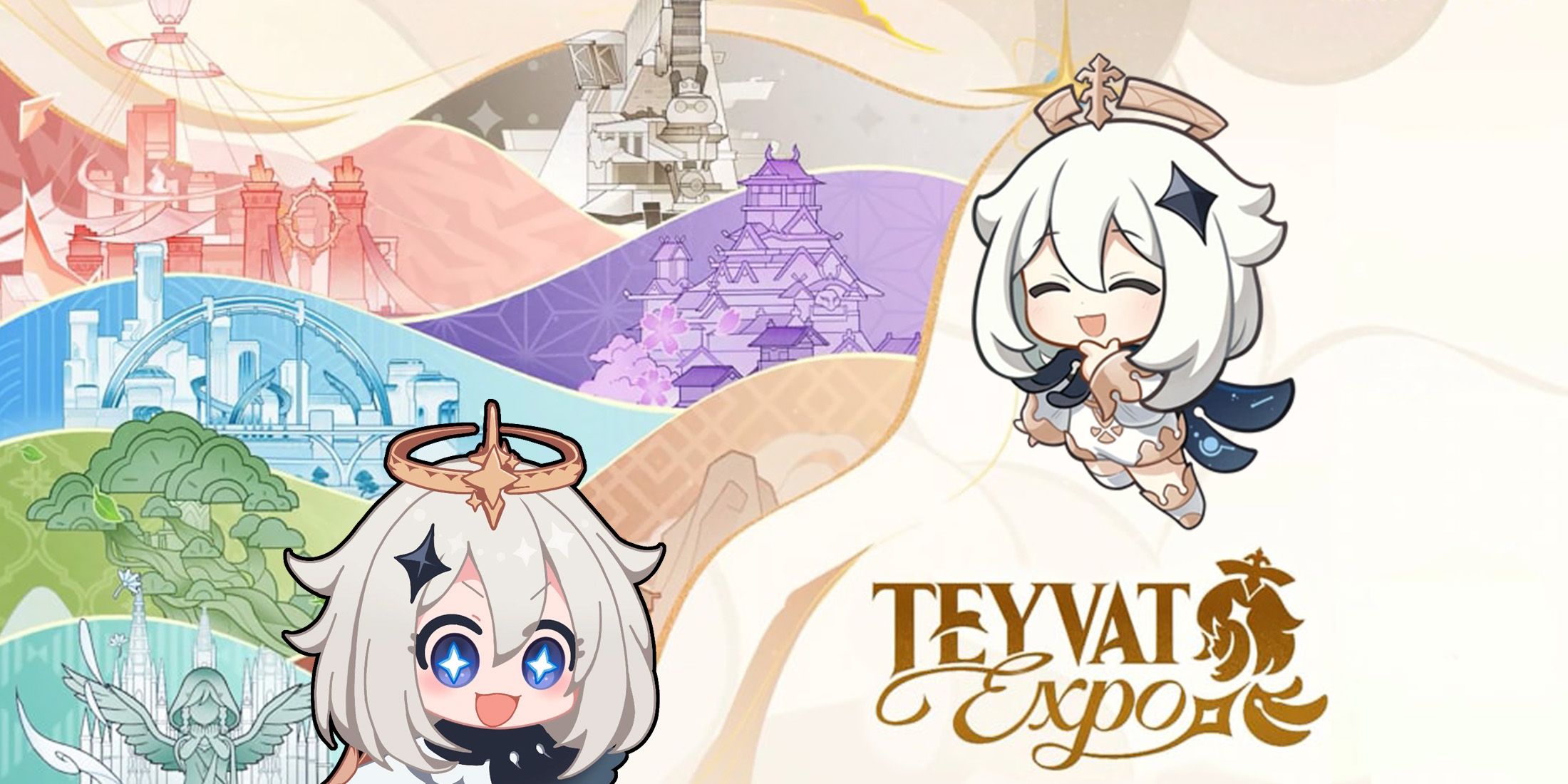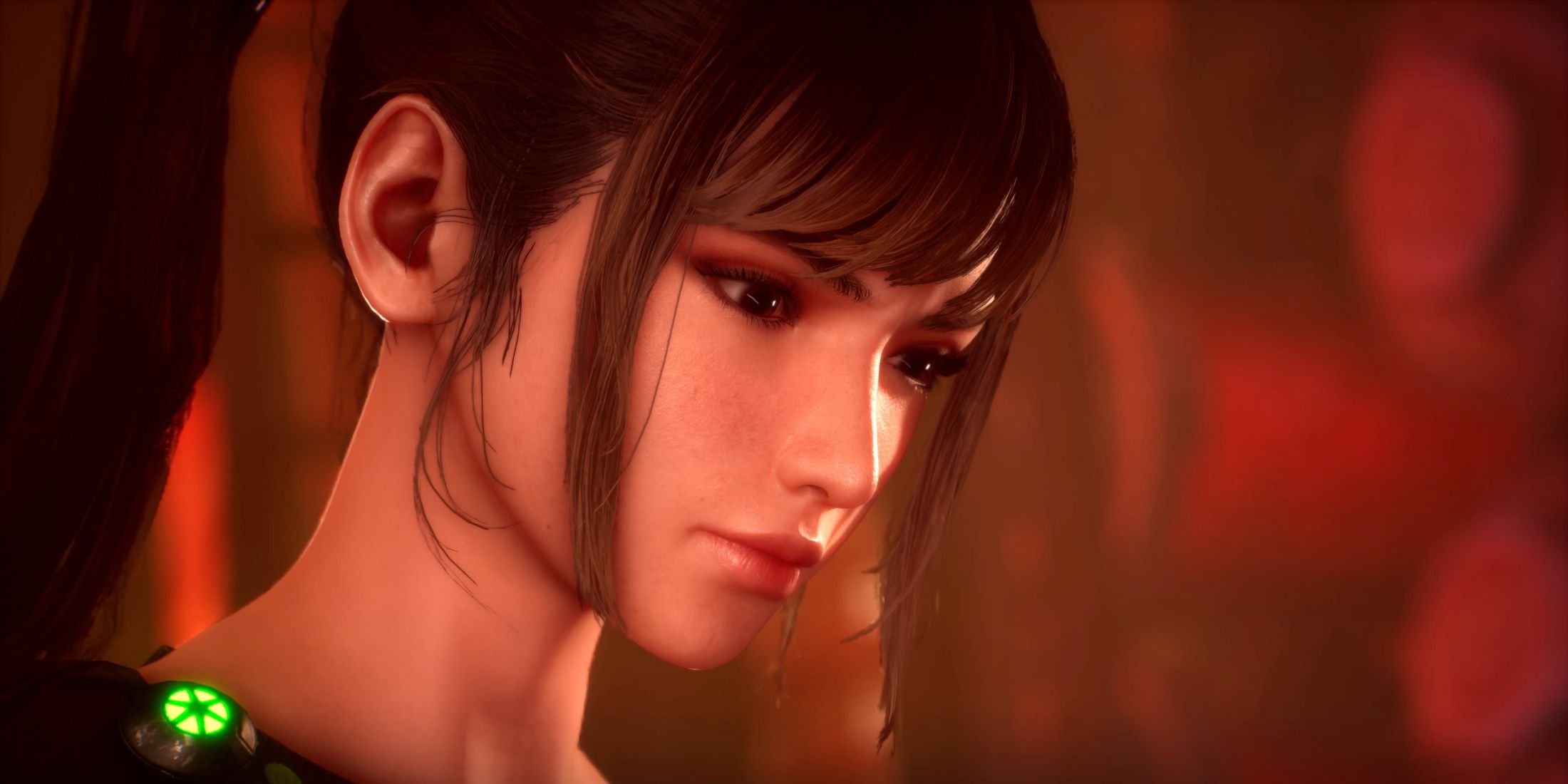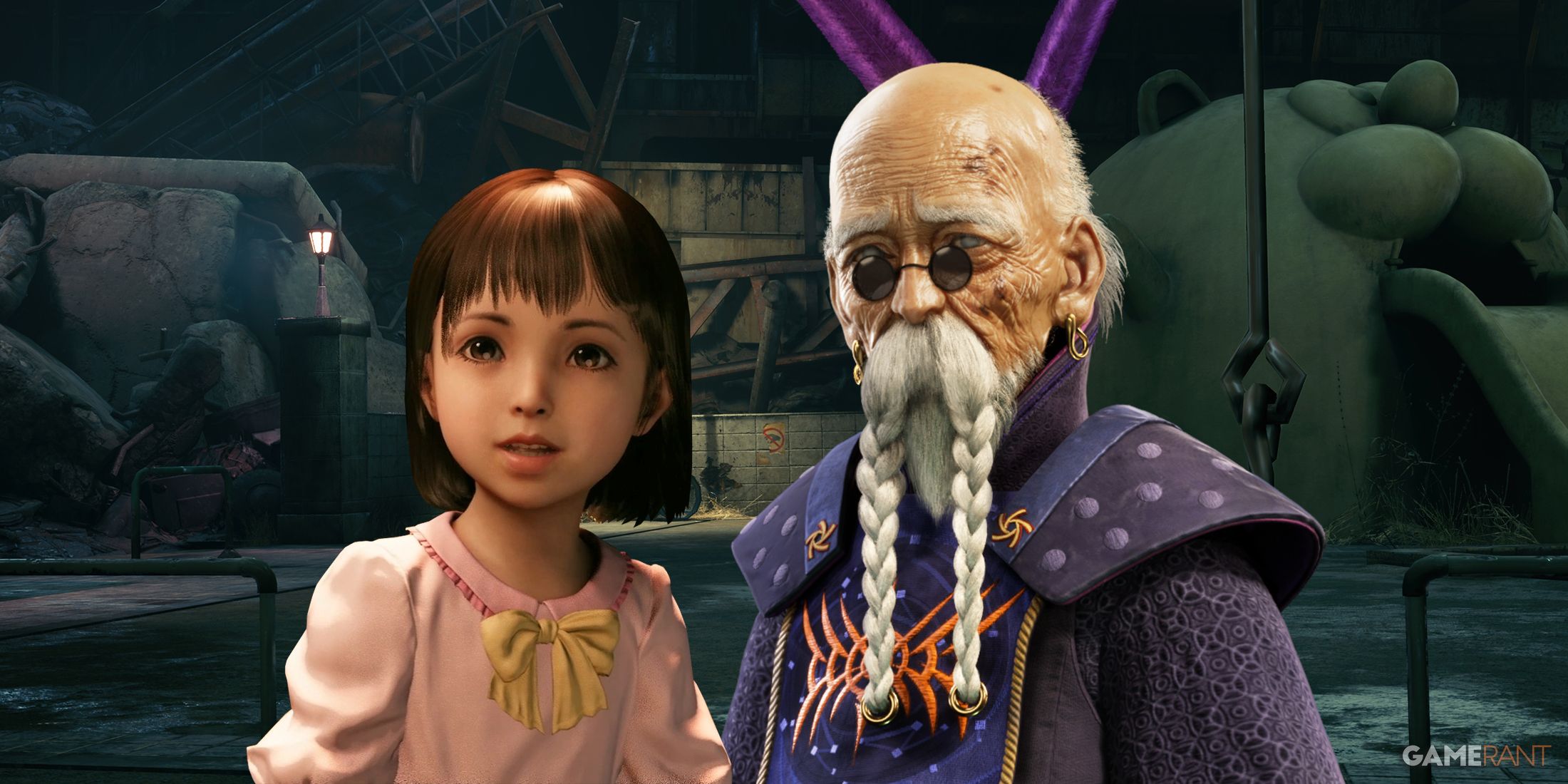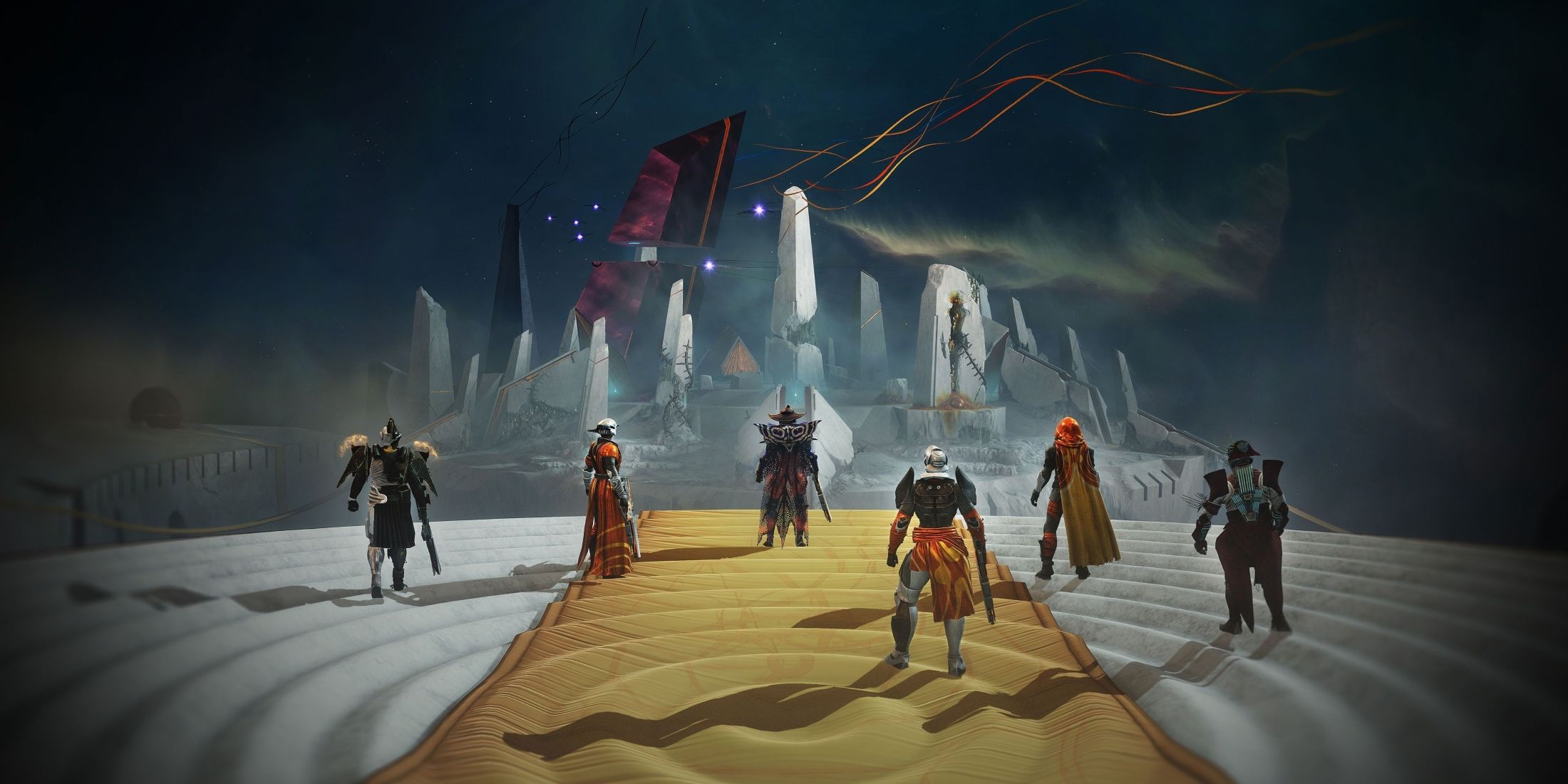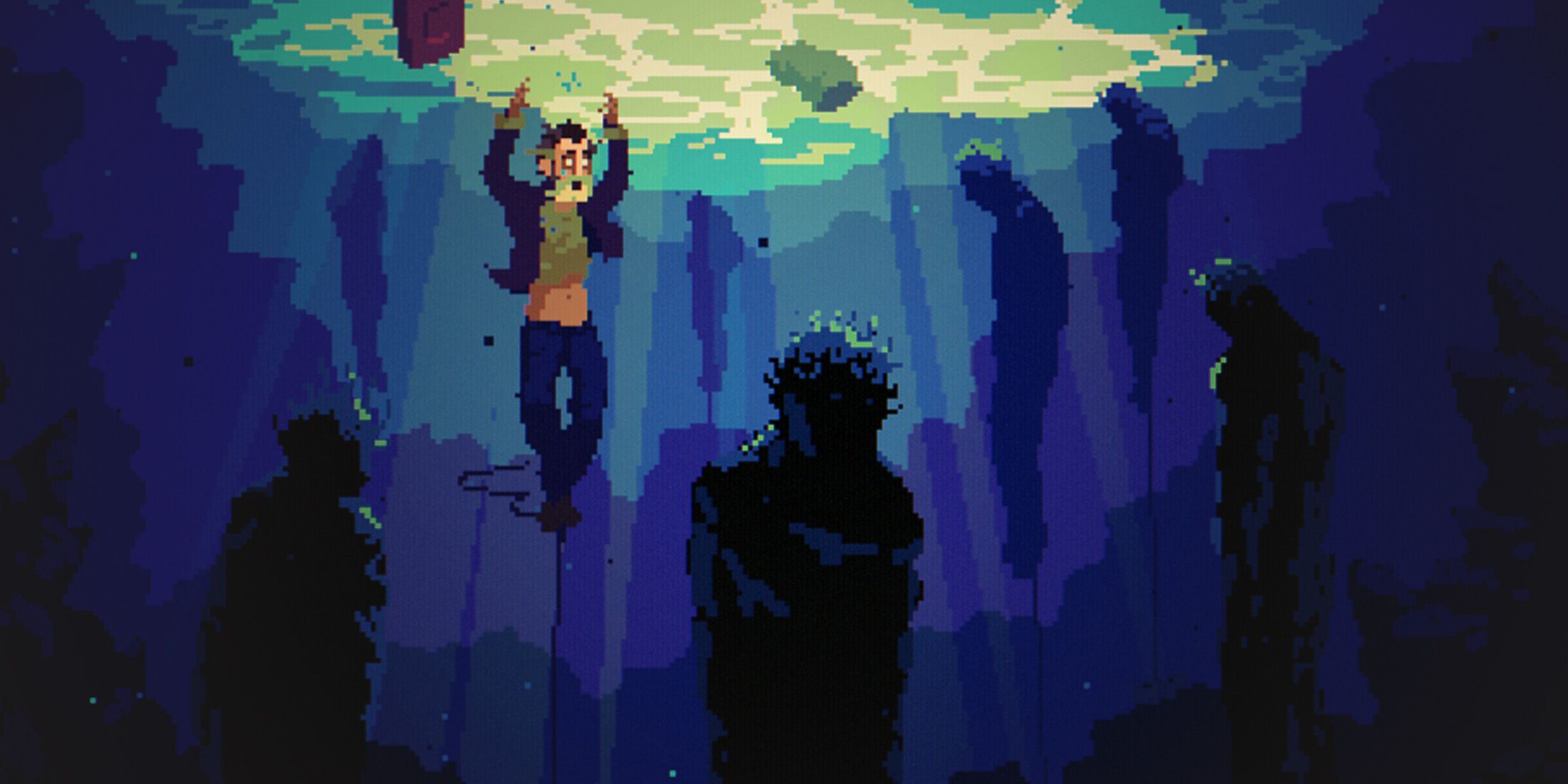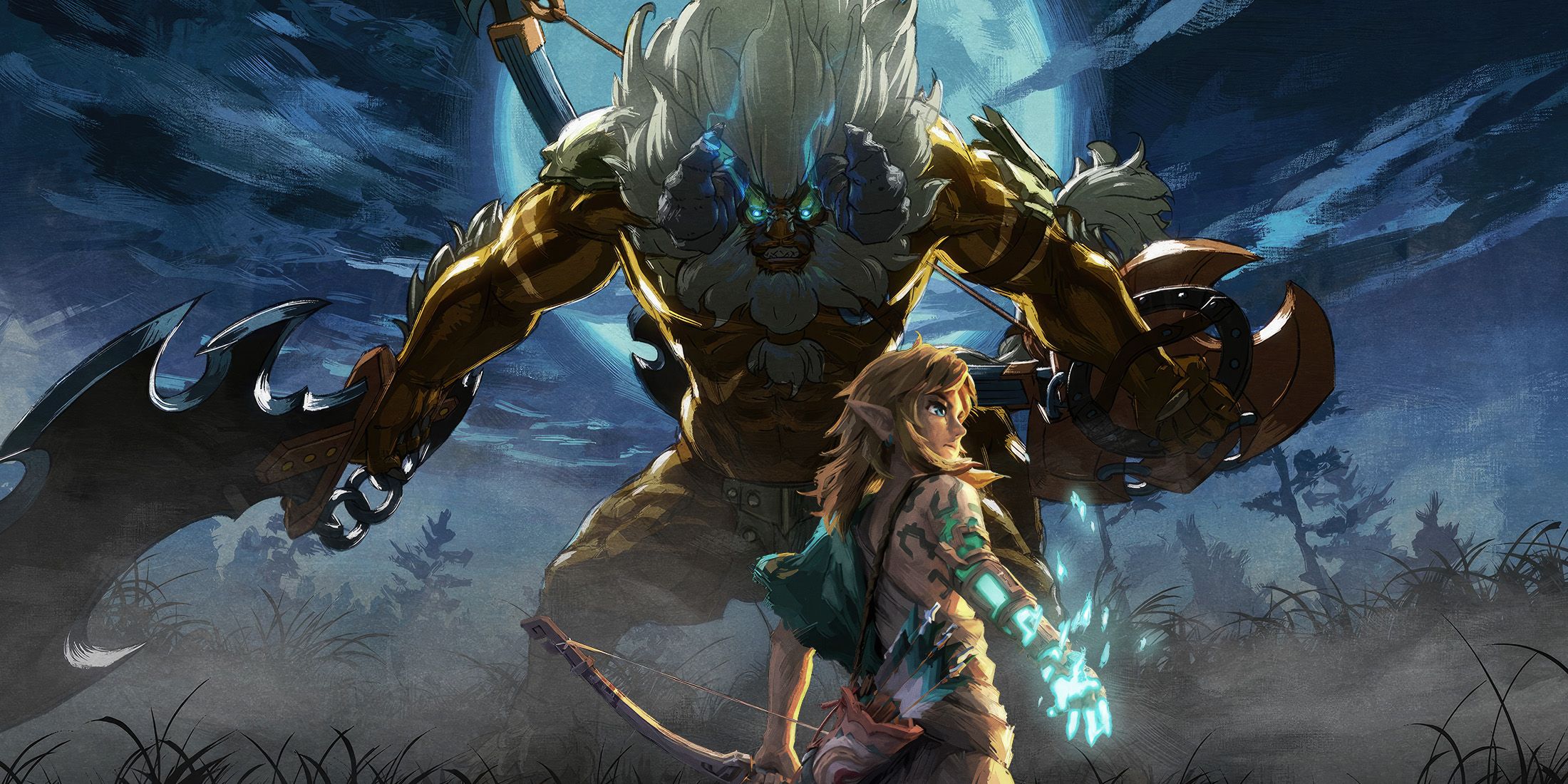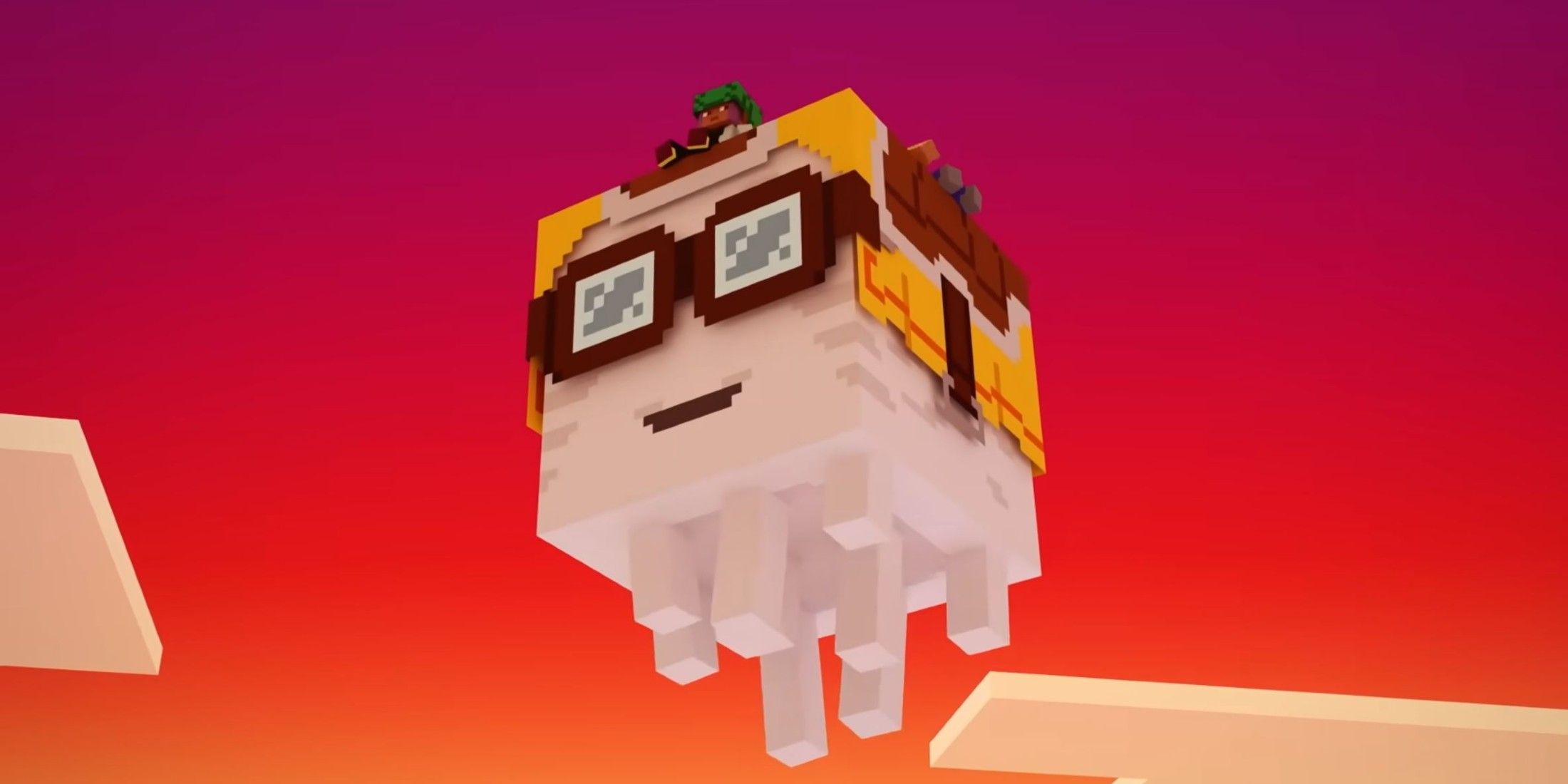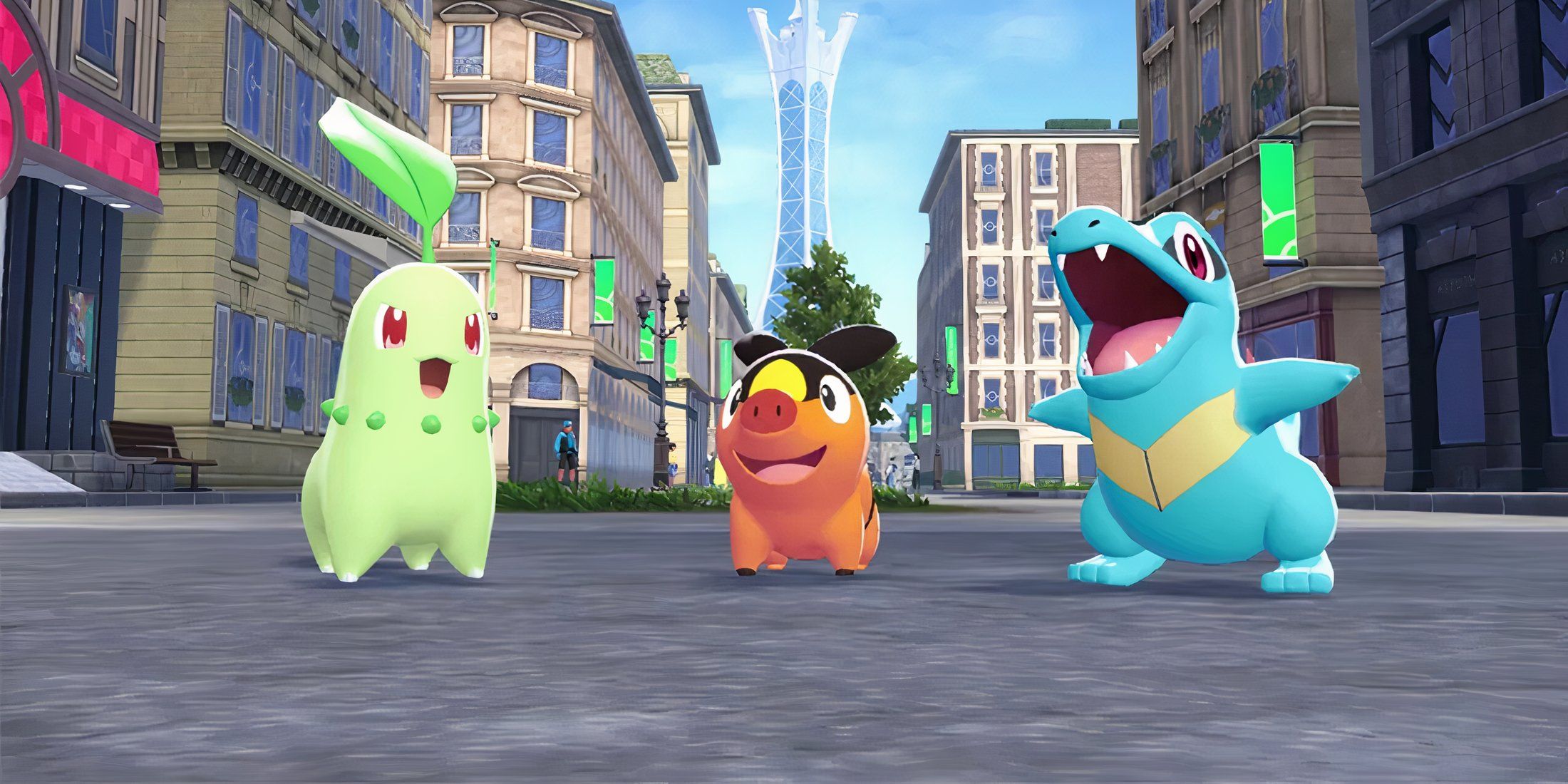How the GameCube Controller Works on Nintendo Switch 2—and How You Can Get One
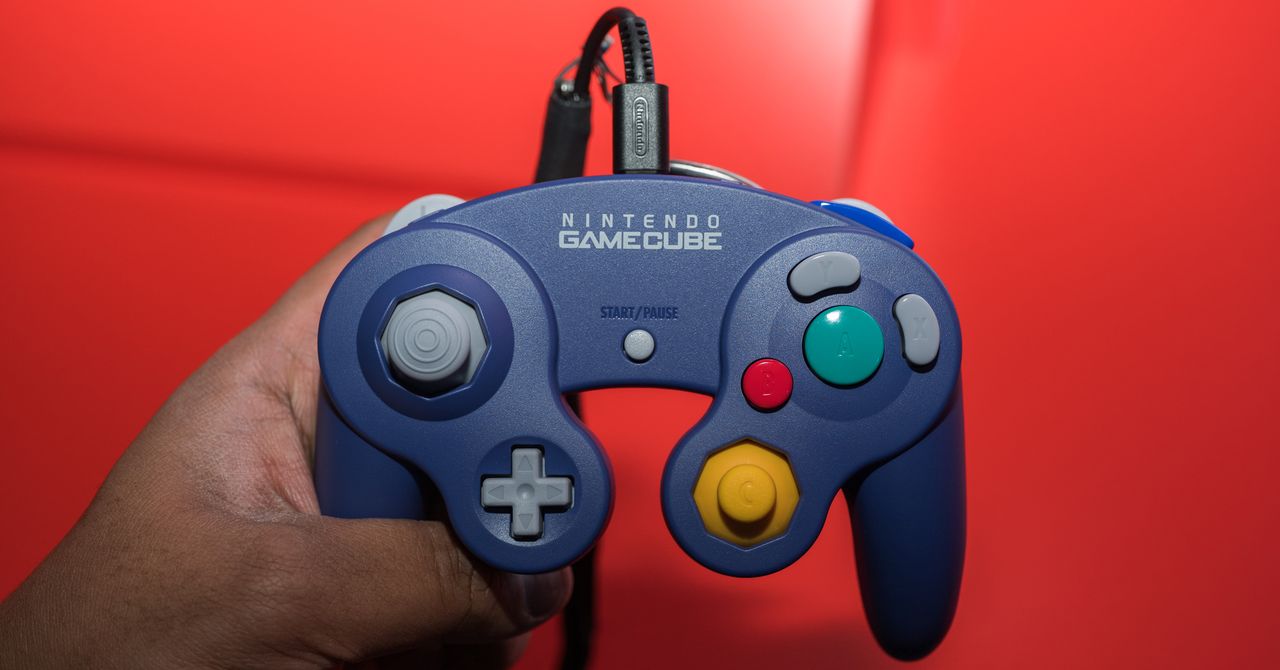
After months of silence, Nintendo has finally confirmed that the Switch 2 is coming soon, launching worldwide on June 5 (even if preorders are delayed for the US). But what accompanied that announcement was the confirmation that GameCube games will be coming to the new console, along with a dedicated controller to play them with.
Although the GameCube never achieved the success of rival PS2—selling approximately 22 million units worldwide, far short of the Sony juggernaut's 160 million—it became a fan favorite. A strong library of first-party titles, including Super Mario Sunshine, The Legend of Zelda: The Wind Waker, and Metroid Prime, alongside some key third-party releases such as Resident Evil Zero and SoulCalibur II, earned it a loyal following.
It was the controller that earned it a spot in gaming history though, in large part because of its compatibility with Super Smash Bros. Melee. So perfect was the symbiosis of game and controller that custom GameCube controllers have launched alongside every Smash Bros game since.
A GameCube revival on Switch 2 had felt like an open secret for months. Rumors of the classic console's controller making a return had been swirling, and reports of parts involved in its manufacture seeing a surge in shipments only lent credence to the idea. Similarly, speculation was rife that GameCube games would be joining the Switch Online lineup for the Switch 2 launch.
Given that Nintendo had produced wireless replica controllers for the NES, SNES, N64, and even Sega Mega Drive/Genesis to support games from those classic consoles played through Nintendo's subscription service, it was only logical that the GameCube would get the same treatment. However, it's not without a few updates and changes to the original model.
So, What’s Different?
The biggest difference in the GameCube controller coming to the Switch 2 is that it's cordless—keeping the same overall aesthetic of the original without requiring a bulky battery pack or receiver.
Front on, it looks exactly the same as the 2001 pad, right down to the signature purple hue. Face buttons sit on two “islands” either side of the curved controller. The central green A button, smaller red B, curved X and Y satellites, and the iconic, nub-like C-stick are all present and accounted for on the right side. Then there's the D-pad on the left, and the eight-way thumbstick return, while the singular Start button sits in the middle.
Looking at the top of the pad though, the differences become clearer. While the gray left and right triggers and dark purple Z shoulder button on the right hand side return, they're joined by a smaller ZL shoulder button on the left. This is presumably to maintain compatibility with any non-GameCube games users may want to play with this revised controller, though it does appear significantly smaller than a typical shoulder button. It may not make for the most comfortable of play sessions.
Exploring the seamless integration of GameCube-style controls on Nintendo Switch 2, and how retro gamers can now relive classic joystick moments with ease – a testament to Nintendo's commitment t o preserving gaming heritage while advancing technological boundaries.
Navigating the transitional compatibility of classic GameCube controls to Nintendo Switch 2, this article offers an informative insight into how these nostalgic accessories work and where enthusiasts can acquire their hands-on one.
Use of the original GameCube controller design on Nintendo Switch 2 opens a whole new dimension for retro gaming enthusiasts, providing authenticity to beloved games and satisfaction in their return. Enjoying smooth control without sacrifices brings back nostalgic memories like never before!
The Nintendo Switch 2's integration of the GameCube controller config delivers a nostalgic throwback with enhanced gaming experiences, offering dedicated enthusiasts like me another reason to relive classics and embrace new titles through familiar-yet revamped controls.
The seamless integration of the classic GameCube controller on Nintendo Switch 2 revives nostalgia for dedicated gamers, enhancing gameplay with its familiar layout and improved compatibility. Knowing how to procure one is a must-have tip for diehard fans looking forward.



